18 World-Changing Inventions In The Middle Ages (Part 1)
Dhir Acharya - Feb 05, 2019
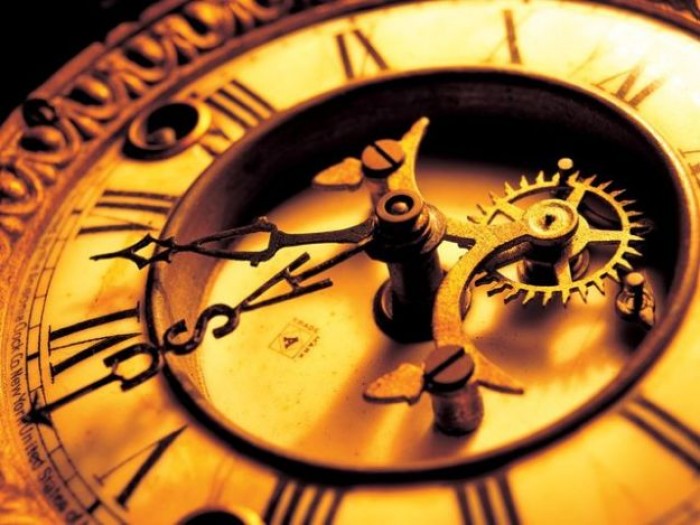
The following inventions that appeared in the Middle Ages changed the world, resulting in the modern society we know today.
- World's First Bionic Eye To Help Blind People Restore Their Vision
- 7 Inventions To Show How Great And Talented Black People Are
- IIT-Madras Student Builds Smart Garbage Bin System
Middle Ages witnessed a number of remarkable innovations in sciences as well as inventions. The following 18 inventions, as the most obvious examples for this statement, have led us to the modern, advanced world we’re living in today.

1. The Printing press
This is perhaps the major highlight of inventions during the Middle Age. Not only did it change the way people distributed information from the Church and the State the invention also laid the path for The Renaissance, Protestant Reformation, and The Enlightenment.
Though the famous press was developed by Johannes Guttenberg in the 15th century, the history could be traced back to the 3rd century in China.
Without printing press, the modern world would not be what it is right now.
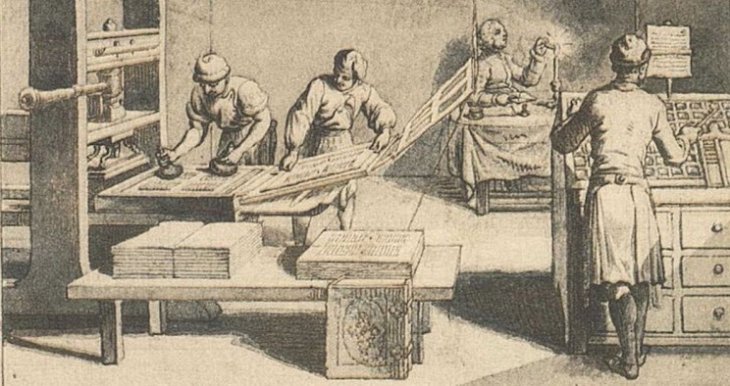
2. The Coffee House
If you have been to the Middle East, you’ll see coffee has its own place in its culture. The Ottoman Empire first brought coffee here in the 15th century, and soon enough, there were a lot of coffee houses appearing. Coffee was then brought to Europe early in the modern period.
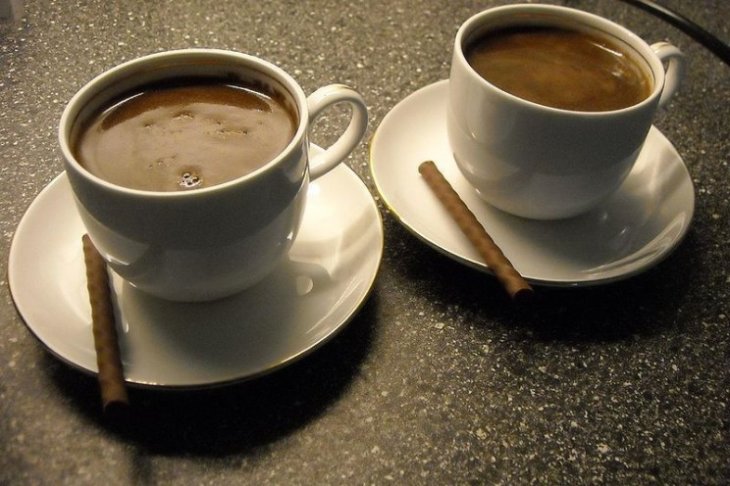
3. The heavy plow
In the 6th century, the heavy plow appeared, leading to agricultural revolution around the world.
Before this invention, the design of the moldboard plow limited their effectiveness as farmers had to trade off their weight for the ability to pull them along on their runner or vice versa.
Heavy plows made use of wheels instead of runners, allowing them to be larger and adopt metal components while animals could still pull them.
This invention contributes to the dramatic growth in food production, and more importantly, it changed the entire picture of the modern world.
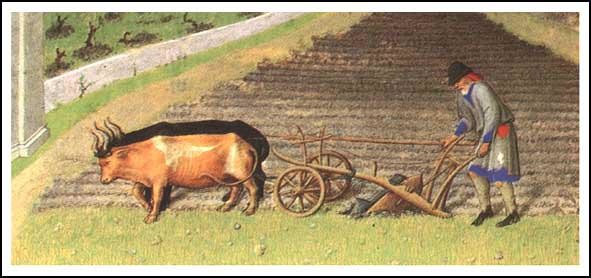
4. Verge escapement/mechanical clocks
Thanks to the development of the verge escapement, we had the very first mechanical clocks around the year 1300 AD. They had grown to be used widely in Europe by the 15th century.
This invention not only challenged the common presence of hourglasses but also finally changed our perception of time.
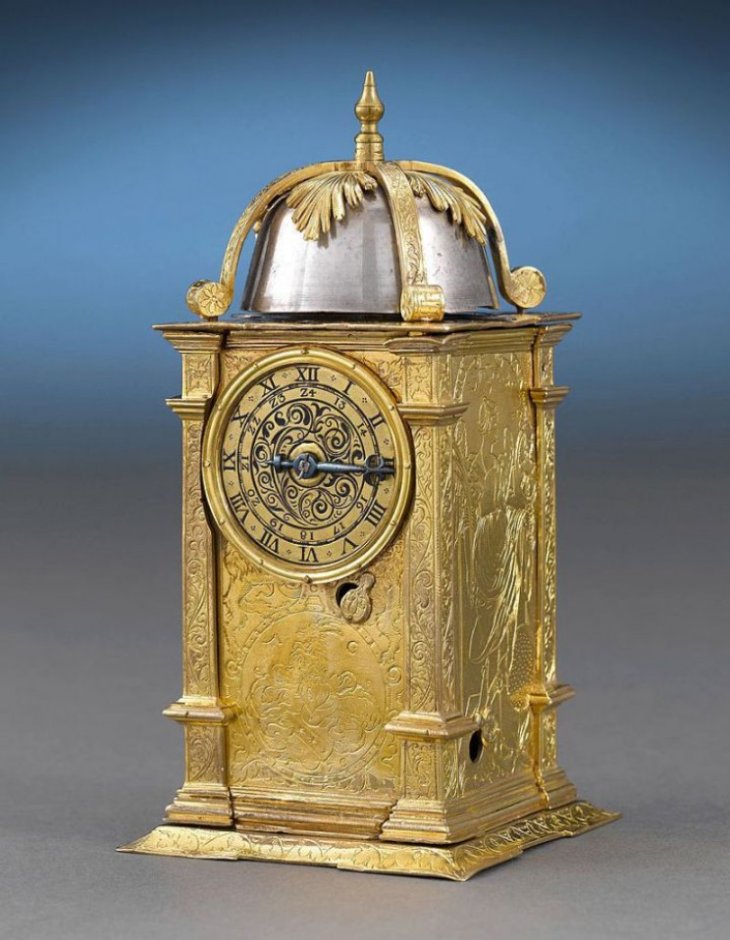
5. Paper money
China was the first country to use paper money issued by the government, in the 11th century. The introduction of government-issued money caused private enterprise-issued money to cease.
This invention came from a purpose of providing a kind of promissory note on demand to the bearer by the issuer, instead of carrying around a bunch of metals that could be stolen easily.
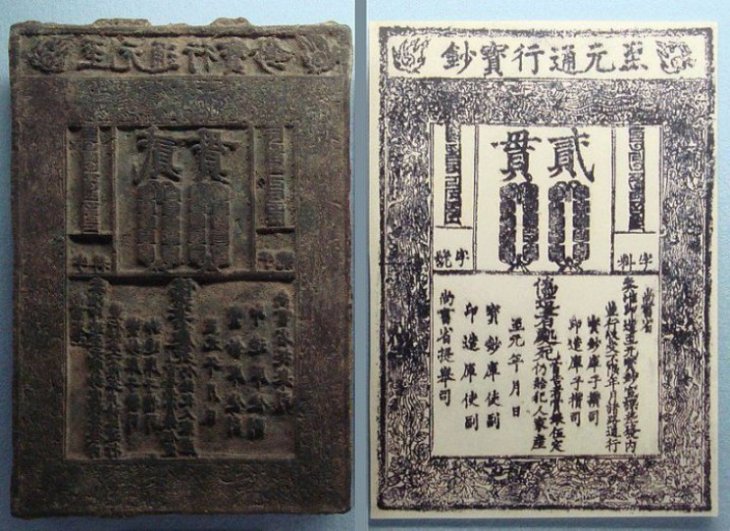
6. The hourglass
The hourglass made its entrance in Europe in the 8th AD, then became popular in the 14th century. This invention provided a new way of keeping time rather than sundials and proved to be helpful on long voyages on the ocean.
By the 15th century, the hourglass was commonly used in churches, ships, and industries. They were the first reliable, reusable, and quite accurate timekeeper. It was not until the appearance of mechanical clocks that the hourglass was replaced.
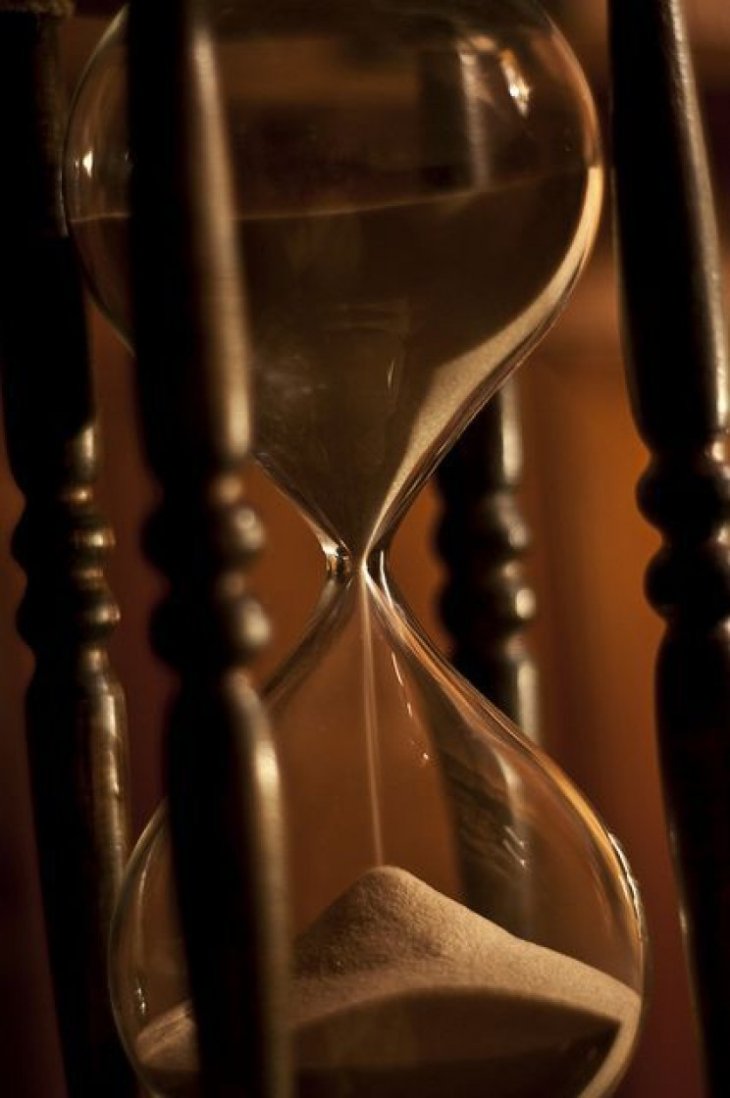
7. Gunpowder
In the 13th century, Roger Bacon, a Franciscan friar, became the first person in Europe to make a detailed description of how gunpowder is made.
We obviously know that gunpowder was widely used in China from as early as the 9th century and it was likely that Roger got the gunpowder formula from Chinese sources.
It a common belief among people that Europe first knew about gunpowder from the Mongols, but it is still debated. Anyway, the invention of gunpowder changed our world forever.
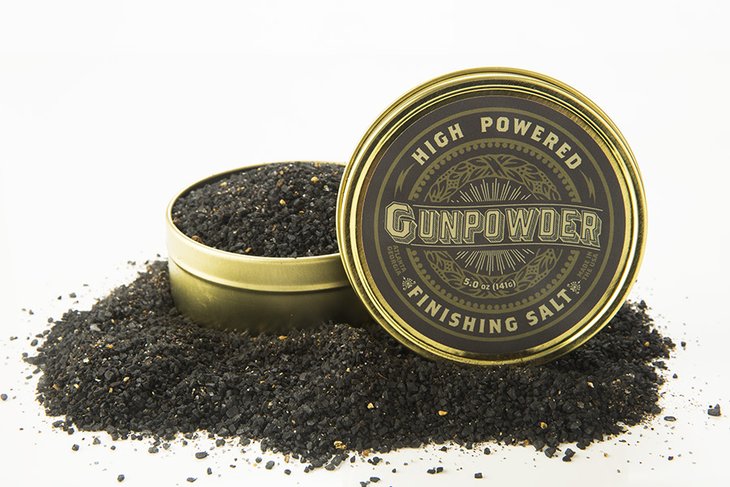
8. The Blast furnace
The origin of blast furnace may be traced back to the 1st century AD in China. However, it made its initial appearance in Europe in the 1200s. If you stand by modern standards, these first blast furnaces are surely inefficient.
The oldest examples of blast furnaces in Europe were in some certain countries like Switzerland and Germany. Also, they tend to appear in Sweden around 1100 AD.
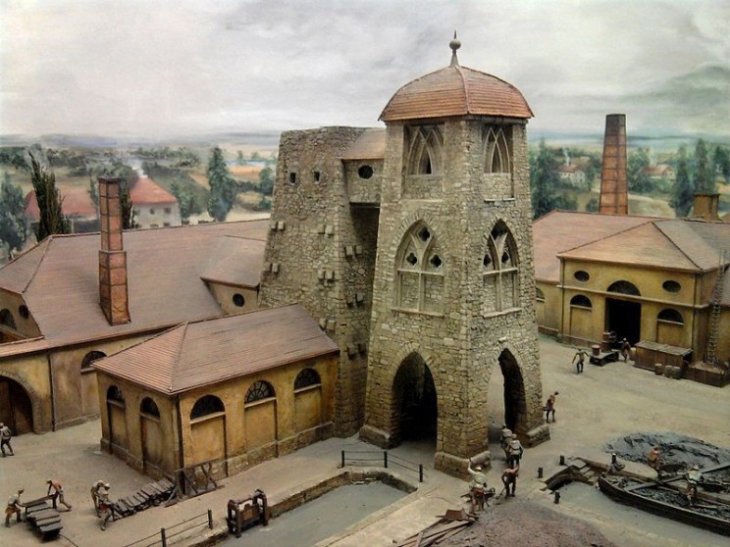
9. Liquor
It seems that the origin of liquor was originated from the Mongolian Still which first appeared in the 7th century AD. The still made use of freeze distillation that freezes the liquid to remove the water crystals.
We don’t know for sure if this process was used to generate alcohol.
The still as known in the modern world may have initially appeared in Iraq in the 8th or 9th century, where Al-Kindi, an Arab alchemist, produced alcohol using it. But this information is still in debate.
The still later appeared in Europe countries, Italy for example, and was first described in the 12 century by the School of Salerno. However, it is believed by most historians that the still used to make alcohol first appeared in Europe in the 13th century.

Featured Stories

Features - Jul 01, 2025
What Are The Fastest Passenger Vehicles Ever Created?

Features - Jun 25, 2025
Japan Hydrogen Breakthrough: Scientists Crack the Clean Energy Code with...

ICT News - Jun 25, 2025
AI Intimidation Tactics: CEOs Turn Flawed Technology Into Employee Fear Machine

Review - Jun 25, 2025
Windows 11 Problems: Is Microsoft's "Best" OS Actually Getting Worse?

Features - Jun 22, 2025
Telegram Founder Pavel Durov Plans to Split $14 Billion Fortune Among 106 Children

ICT News - Jun 22, 2025
Neuralink Telepathy Chip Enables Quadriplegic Rob Greiner to Control Games with...

Features - Jun 21, 2025
This Over $100 Bottle Has Nothing But Fresh Air Inside

Features - Jun 18, 2025
Best Mobile VPN Apps for Gaming 2025: Complete Guide

Features - Jun 18, 2025
A Math Formula Tells Us How Long Everything Will Live

Features - Jun 16, 2025
Comments
Sort by Newest | Popular